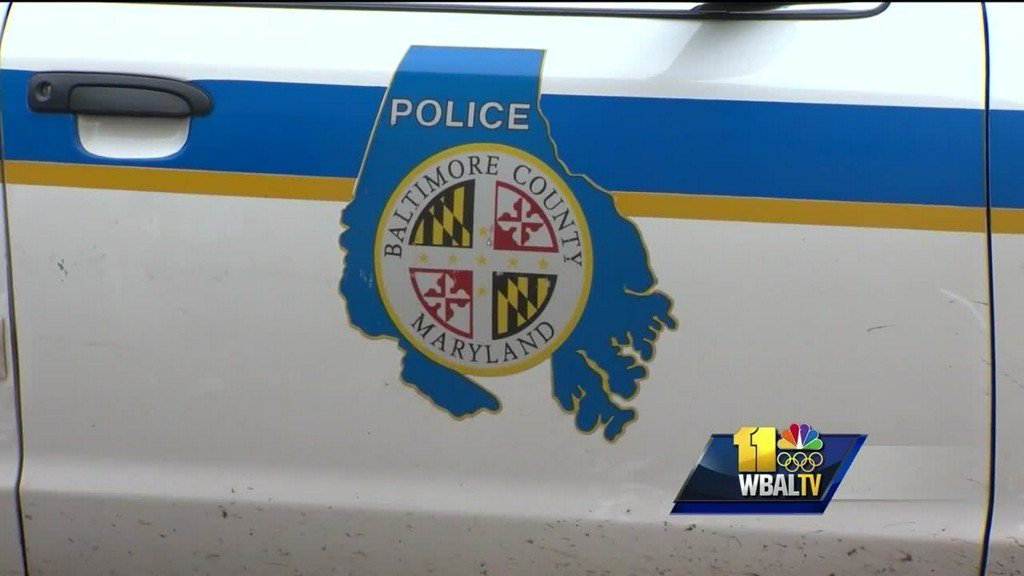how convenient  hno: ...
hno: ...
BALTIMORE (AP) -- Baltimore has set a new per-capita homicide record as gunmen killed for drugs, cash, payback - or no apparent reason at all.
A surge of homicides in the starkly divided city resulted in 343 killings in 2017, bringing the annual homicide rate to its highest ever - roughly 56 killings per 100,000 people. Baltimore, which has shrunk over decades, currently has about 615,000 inhabitants.
"Not only is it disheartening, it's painful," Mayor Catherine Pugh told The Associated Press during the final days of 2017, her first year in office.
"The conventional wisdom, or widely agreed upon speculation, suggests that the great increase in murders is happening because the police have withdrawn from aggressively addressing crime in the city's many poor, crime-ridden neighborhoods," said Donald Norris, professor emeritus of public policy at the University of Maryland Baltimore County.
Violent crime rates in Baltimore have been notoriously high for decades and some locals sardonically refer to their city as "Bodymore" due to the annual body count. But prior to 2015, Baltimore's killings had generally been on the decline. Before rates in recent years eclipsed it, Baltimore's homicide rate had peaked with 353 killings in 1993, or some 49 killings per 100,000 people. Baltimore had over 700,000 inhabitants back then, making the per-capita rate lower than in 2017.
The Rev. Kinji Scott, a pastor in Baltimore who's held positions in local city government, says the opposite needs to happen.
"We wanted the police there," Scott says. "We wanted them engaged in the community. We didn't want them beating the hell out of us, we didn't want that."
He's among activists who are calling for police reform to reduce the violence in Baltimore and several other high-crime cities across the U.S. that he says haven't seen change. That change begins with a conversation between the communities directly involved, Scott says.
"We need the front line police officers and that's when we're going to see a decrease in crime."
 hno: ...
hno: ... BALTIMORE (AP) -- Baltimore has set a new per-capita homicide record as gunmen killed for drugs, cash, payback - or no apparent reason at all.
A surge of homicides in the starkly divided city resulted in 343 killings in 2017, bringing the annual homicide rate to its highest ever - roughly 56 killings per 100,000 people. Baltimore, which has shrunk over decades, currently has about 615,000 inhabitants.
"Not only is it disheartening, it's painful," Mayor Catherine Pugh told The Associated Press during the final days of 2017, her first year in office.
"The conventional wisdom, or widely agreed upon speculation, suggests that the great increase in murders is happening because the police have withdrawn from aggressively addressing crime in the city's many poor, crime-ridden neighborhoods," said Donald Norris, professor emeritus of public policy at the University of Maryland Baltimore County.
Violent crime rates in Baltimore have been notoriously high for decades and some locals sardonically refer to their city as "Bodymore" due to the annual body count. But prior to 2015, Baltimore's killings had generally been on the decline. Before rates in recent years eclipsed it, Baltimore's homicide rate had peaked with 353 killings in 1993, or some 49 killings per 100,000 people. Baltimore had over 700,000 inhabitants back then, making the per-capita rate lower than in 2017.
The Rev. Kinji Scott, a pastor in Baltimore who's held positions in local city government, says the opposite needs to happen.
"We wanted the police there," Scott says. "We wanted them engaged in the community. We didn't want them beating the hell out of us, we didn't want that."
He's among activists who are calling for police reform to reduce the violence in Baltimore and several other high-crime cities across the U.S. that he says haven't seen change. That change begins with a conversation between the communities directly involved, Scott says.
"We need the front line police officers and that's when we're going to see a decrease in crime."






